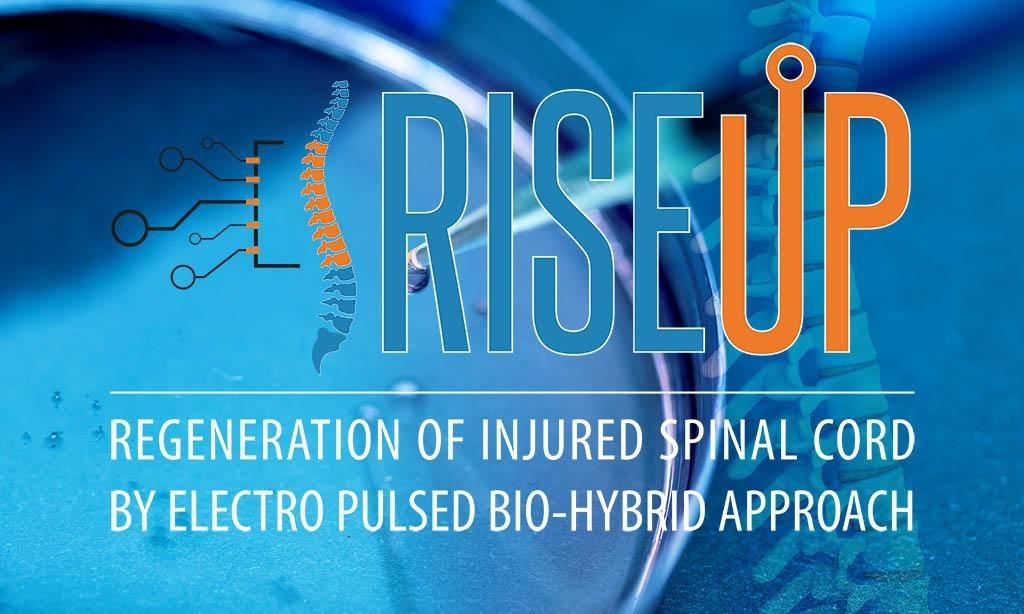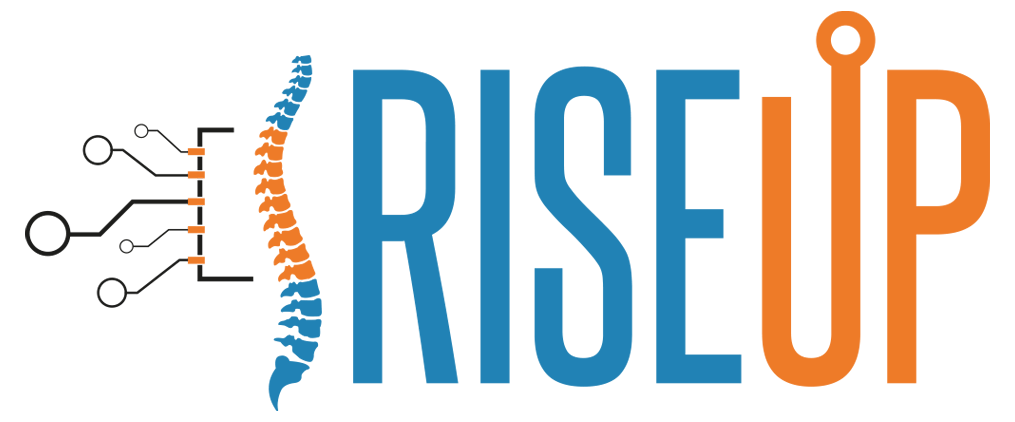NEWS & EVENTS
Health: Towards a novel treatment for spinal cord injury

A prototype of electrified scaffold to allow stem cells transplantation for spinal cord injury regeneration. This is what is intended to be developed in the frame of the RISEUP[1] European project, carried out by a consortium led by ENEA and composed of Italian partners (Sapienza University of Rome, Rise Technologies srl), as well as Spanish (Universitat Politècnica de València, UPV, and Centro Investigación Príncipe Felipe, CIPF) and French (Centre National de la Recherche Scientifique - CNRS). Specifically, ENEA is managing the project by coordinating actions of all the partners, and is taking care of the communication and dissemination of project related news. Sapienza University (Uniroma1) performs numerical simulations to estimate the electric field generated by the scaffold and that will be applied at the level of the injury. UPV selects and produces ad-hoc materials to ensure biocompatibility of the scaffold and to promote cells implantation in the injured tissue. Rise Technologies is in charge of the electrification of the scaffold, required to stimulate the stem cells with electric pulses. The groups involved in the biological aspects of the project (CNRS, CIPF, and ENEA) investigate and optimize the conditions for stem cells growth and differentiation into neuron-like cells, which is a fundamental step to define the best stimulation protocol to perform with the electrified scaffold.
“The final aim of the RISEUP project is to assess an innovative treatment of spinal cord lesion, based on the implantation of stem cells and their stimulation with electric pulses, that could improve patients’ quality of life”, highlights Dr. Claudia Consales, ENEA researcher from Health and Environment Lab and project coordinator.
“Indeed, the electric stimulation of stem cells can induce their differentiation into neurons, promoting their attachment to the injured tissue.”
“In this first year of activity, the consortium groups worked with great synergy to the development of a first prototype of the electrified scaffold and to the assessment of a stimulation protocol, through recurrent virtual meetings that helped a fluent exchange of information, necessary in sight of the experiments to be performed. This allowed for a consistent progress of the activities, in spite of the global SARS-CoV-2 pandemic. We are now close to enter the second year of the project, whose main objective will be to test experimentally the electrified scaffold and to characterize the stem cells biological response through in vitro experiments”, Dr. Consales added.
With the end of the first year approaching, the whole consortium will meet in June for the review meeting with the European Commission. The meeting will be hosted by UPV in Valencia, and a hybrid modality will ensure remote attendance as well. This is an important moment, during which the Commission will review the project development and the work performed, supported by an advisory board of experts in the field of the RISEUP project.
“An important aspect of RISEUP, is that, thanks to the funds of the EU program Horizon 2020, all the partners could hire young researchers, with a higher number of women over men. Young researchers are the core of the experimental activities”, Dr. Consales concluded.
For further details see:
Dr. Claudia Consales, ENEA - Health and the Environment Laboratory,








